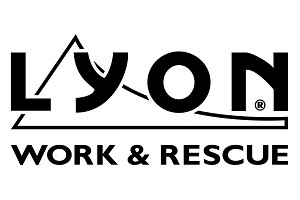In reply to Misha:
That's right, it means a double rope 30m long, or two strands of 30m each for those who are picky on terms. This implies that the pitches won't be more than 30m and that the longest abseil required is 30m.
For the terminally picky, if your rope is 60m long it'll do, used doubled
It's just like in English really - a 30m double rope.
PS. As for the jokers with their single ropes and bits of twine, do it yourself if you must but stop presenting this to beginners as standard practice, you may get someone killed one day!
